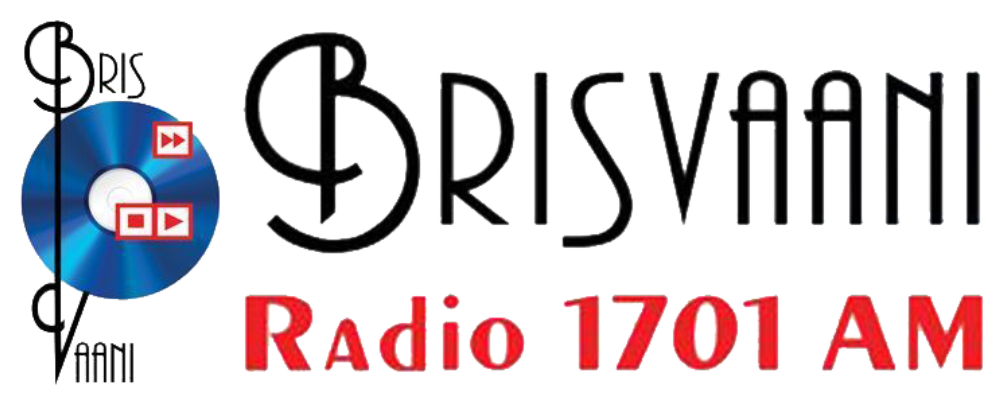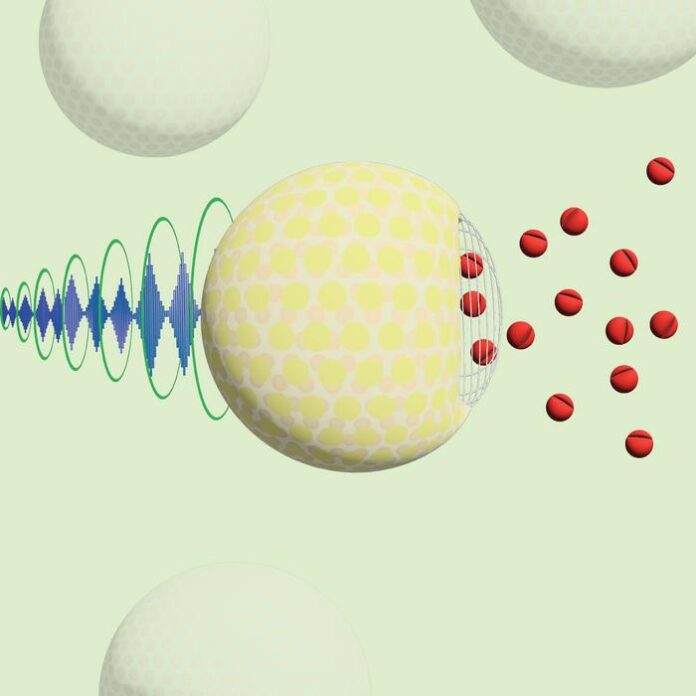New Delhi, Aug 18 (IANS) A team of US researchers is developing a non-invasive ultrasound-based system that can deliver drugs to targeted areas in the body with precision while minimising side effects.
The technique, created by Stanford University scientists, uses nanoparticles to encapsulate drugs and ultrasound to release them exactly where needed.
In a study published in Nature Nanotechnology, the system successfully delivered ketamine to specific brain regions and painkillers to targeted nerves in rats. Using a new sucrose-based formulation, the researchers found the nanoparticles were safer, more stable, and easier to manufacture.
“Turns out just a little bit of sugar is all you need to make this work,” said Raag Airan, Assistant Professor of Radiology at Stanford Medicine.
By adding 5 per cent sucrose inside the nanoparticles, the team achieved a balance where the particles remained stable in the body but still responsive to ultrasound. This allows most of the drug to remain inactive until a narrow ultrasound beam, applied externally, triggers its release at the desired site.
The system could enhance the effectiveness of many treatments by maximising therapeutic benefits while limiting unwanted effects.
Initial designs using uncommon chemical compounds in the nanoparticles proved ineffective, prompting the team to experiment with more common substances. After testing various sugars, they discovered that 5 per cent sucrose provided the best results in terms of stability and responsiveness at body temperature.
In rat experiments, ultrasound-triggered nanoparticles delivered nearly three times more ketamine to targeted brain regions compared to non-encapsulated doses, proving its ability to release drugs precisely where required.
If successful in humans, this approach could allow doctors to harness the therapeutic benefits of drugs like ketamine for conditions such as depression while avoiding unwanted side effects, the researchers noted.










